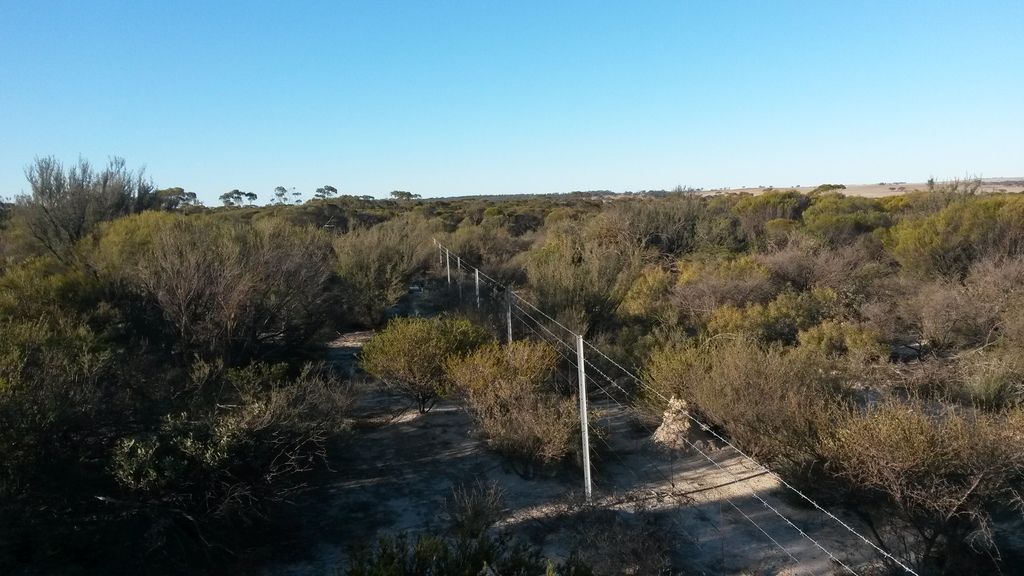MicroBlitz is a citizen-science project.
I'm not sure if I've said this before (but I'll say it again anyway), but citizen science is where ordinary people (even those without a degree, such as kids) help collect information for scientists.
This can be a cost-effective method of acquiring data; at the same time, it acts as an engaging and educating experience of citizen scientists. It's a win-win situation.
MicroBlitz enlists citizens to collect soil samples from all over Western Australia.
Volunteers (or better known as MicroBlitzers) are given a sample kit and simple instructions they can follow.
After grabbing a sample from wherever they want, they send it back to us for analysis.
And all this is done at no cost to MicroBlitzers. We pay for it all.
Eventually, by using PCR (polymerase chain reaction) and fancy bioinformatics, we can identify the microorganisms (microbes) in the soil.
The end result will be a base map of the different microbes available throughout the state, which will improve decision-making processes.
Click here for the MicroBlitz website.
More information on MicroBlitz:
- http://phys.org/news/2015-01-dna-facility-dirty-wa-soil.html
- http://www.abc.net.au/radionational/programs/bushtelegraph/microblitz-creating-an-underground-map-in-wa/4933900
- http://crowdresearch.uwa.edu.au/project/digging-deep-for-was-underground-inhabitants/
- http://www.theaustralian.com.au/news/nation/grey-nomads-get-the-dirt-on-western-australia-for-soil-study/story-e6frg6nf-1227050690808
Another project happening at UWA is the Kwongan Foundation.
I'm not too familiar with this, but the general idea is that they're aiming to conserve the unique species of flora and fauna in WA.
Surprisingly, WA is one of the world's few biodiversity hotspot. This means we've got a lot of species that are not found anywhere else in the world.
The Foundation is garnering support to have the biologically-rich locations turned into UNESCO World Heritage List. Doing so will boost tourism and conservation efforts.
Aside from that, they are also geared towards science communication. On their Facebook page, Winthrop Professor Hans Lambers frequently shares images and news about our local biodiversity.
They also host workshops and presentations (which are too expensive for me to attend!).
Click here for the Kwongan Foundation website.
More information on the Kwongan Foundation:
- http://www.abc.net.au/radionational/programs/drive/getting-unesco-recognition-for-kwongan/6083870
- http://rotundamedia.com.au/2015/03/07/south-west-was-kwongkan-region-facing-unesco-world-heritage-listing/
Listening to Bloodstream - Ed Sheeran
Vier,
TK


0 comments:
Post a Comment